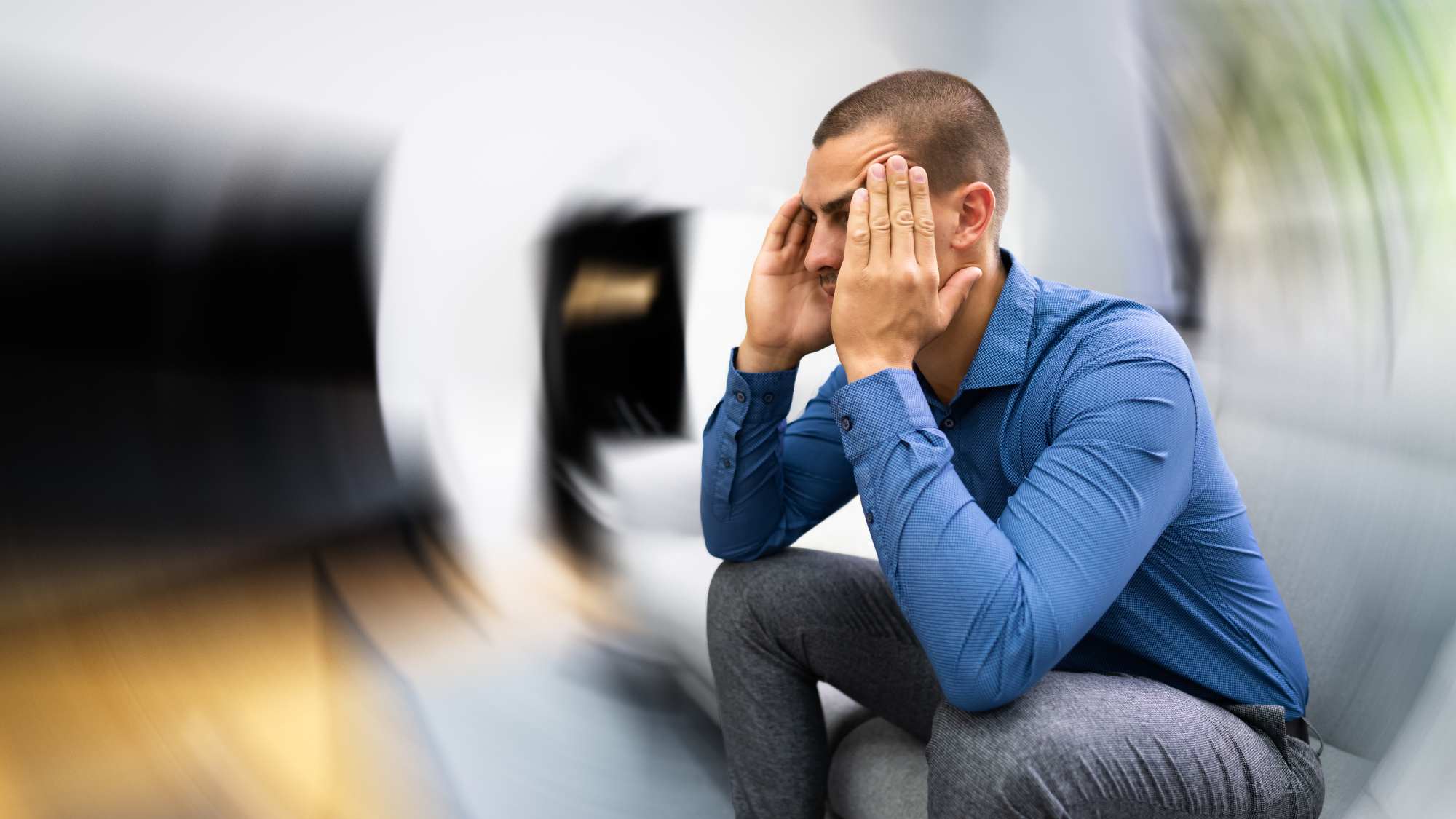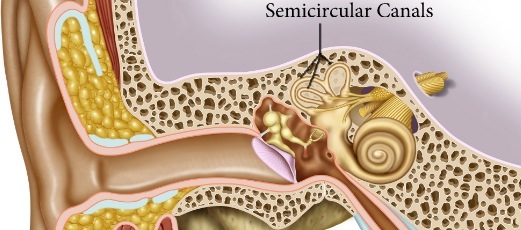Understanding Vertigo: Causes, Symptoms, and Treatment

Have you ever felt like the room was spinning or experienced sudden dizziness out of nowhere?
These sensations can be alarming and disorienting, often leaving you wondering what’s going on.
What you’re experiencing might be vertigo — a symptom many people encounter but few fully understand.
Understanding the Vestibular System
Simply put, the vestibular system uses information from your inner ear, eyes, muscles, and joints to communicate with your brain. Input from these sources allows you to feel where your body is in space and helps to maintain your balance.
Each of these sources must communicate well for your vestibular system to function at its peak.
Identifying Dizziness and Vertigo
Dizziness and vertigo are broad terms with varying meanings, and labeling yourself as “dizzy” requires further investigation to determine the root cause.
Some patients experience room spinning, while others describe vertigo as “just feeling off,” lightheadedness, or a lack of balance.
It is estimated that approximately 15 – 20% of the United States experience some form of dizziness or imbalance each year. In their lifetime, 40% of Americans will experience vertigo.
Causes of Vertigo
BPPV
The most common cause of vertigo, accounting for 50% of cases, is Benign Paroxysmal Positional Vertigo (BPPV). That’s a mouthful, so let’s break it down:
- Benign – non-life threatening
- Paroxysmal – brief (less than 60 seconds) episodes
- Positional – the position of your head and neck provokes symptoms
- Vertigo – room spinning
BPPV affects people of all ages but is most common in people over the age of 50.
BPPV occurs when calcium carbonate crystals normally implanted in a gel-like substance in the utricle and saccule (organs within the inner ear) become dislodged. The crystals migrate into one of three fluid-filled semicircular inner ear canals. The three semi-circular canals are filled with fluid and tell our brain which direction we move. (This is how you can tell you are moving up and down in an elevator or forward while flying on a plane, even though your body is not moving.)

When the crystals are displaced in the semi-circular canals, they move the fluid and send a message to the brain that the head is moving when, in fact, it isn’t. This misinformation between your inner ears, eyes, and brain will cause vertigo. Once the crystals settle down, the spinning stops (typically within one minute). BPPV symptoms will not persist all day, as they only arise with changes in the position of your head.
To help determine if you have BPPV, it is important to understand that BPPV is not associated with changes in hearing, headaches, blurred vision, fainting, or numbness/tingling in the limbs.
Treatment for BPPV is a simple re-positioning maneuver, which should be performed by a trained professional who will angle your head and neck in a way that moves the crystals back to where they came from. Typically, the re-positioning maneuver is effective within one to two treatments.
Vestibular Dysfunction or Hypofunction
Another frequent cause of vertigo is vestibular dysfunction or hypofunction. This means that your vestibular (inner ear) system is not as “strong” as it should be.
Common complaints with vestibular hypofunction are difficulty maintaining balance, feeling lightheaded, “off,” or dizzy. These symptoms tend to last most of the day and often worsen with activity.
There are many reasons for the vestibular hypofunction. Some causes include autoimmune disorders, vestibular neuritis, infections, injury to the vestibular nerve, and chronic polyneuropathy. However, many vestibular dysfunctions occur without known reason or cause.
Treatment of vestibular dysfunction includes vestibular rehabilitation exercises, designed to challenge and strengthen your vestibular system.
Think of your vestibular system like a muscle — if it is weak, you need to perform exercises to make it stronger. The key to improvement is engaging in exercises that challenge your system without overloading it. These exercises may initially induce symptoms (make you dizzy); however, with continued practice, those symptoms will subside. Unfortunately, vestibular retraining is not a quick fix like BPPV treatment. It may take up to two to six months of consistent training to return to optimal function.
Seeking Help for Dizziness
It may surprise you that Physical and Occupational Therapists are some of the most qualified professionals to determine the cause of vertigo and determine the best treatment plan. Understanding the reasons behind dizziness, imbalance, and vertigo will lead to the best treatment.
These symptoms are incredibly common as we get older, but being dizzy and off balance is not a “normal” part of aging. If you have concerns about your balance and dizziness, seek the help of a therapist.
Ready to regain your balance and improve your quality of life?
If you’re experiencing symptoms of dizziness or imbalance, our skilled Physical and Occupational Therapists can help — with personalized treatment plans and expert care.
Treatment is covered by insurance, no referral is needed to start, and with flexible appointments available, you can quickly find a time that works with your schedule.
Call us at 716-458-1990 or click below to get started.
